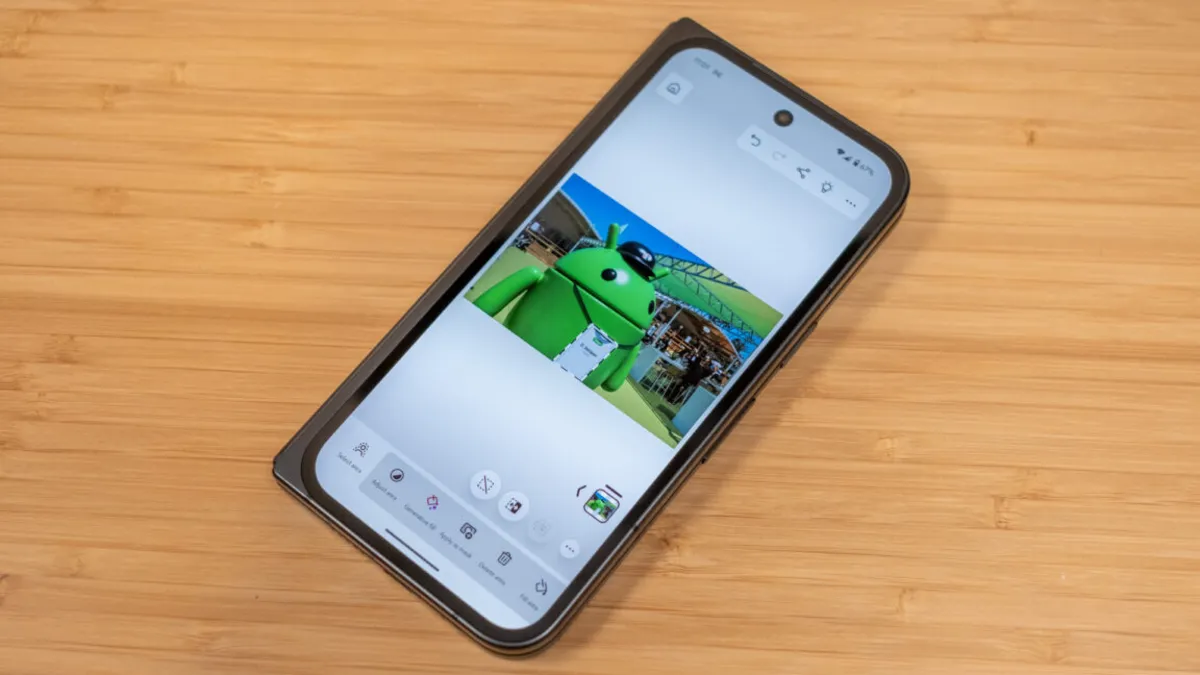
After years of developing mobile apps that lacked the full capabilities of Photoshop, Adobe has finally listened to user demands by releasing a genuine version of Photoshop for Android. Following the successful launch on iPhone earlier this year, the Android beta version is now available for download at no cost during its beta phase. This move is a significant step for mobile image editing enthusiasts who have been eagerly awaiting a robust solution.
The new Photoshop mobile app for Android offers an impressive range of tools that mirror many features found in the desktop version. Users can access essential functionalities such as masks, clone stamp, layers, transformations, cropping, and a variety of generative AI tools. Although the app may appear minimalistic at first glance, the toolbar progressively reveals features as users select areas and manipulate layers, enhancing the overall user experience.
This latest release marks Adobe's third endeavor to bring Photoshop to mobile devices. Unlike its predecessors, Photoshop Express and the outdated Photoshop Touch app, which Adobe retired nearly a decade ago, the new app showcases a more comprehensive toolkit designed for serious photo editing on the go.
For those unfamiliar with the intricacies of Photoshop, the mobile app includes a robust collection of tutorials. Users can easily access these resources by tapping the light bulb icon, making it simpler for beginners to enhance their skills and understand the app's capabilities.
One of the standout aspects of Photoshop on Android is its emphasis on Adobe's generative AI features. These tools allow users to select subjects or backgrounds, remove unwanted objects, and insert new content based on text prompts. Thanks to its reliance on the same cloud service as the desktop version, the mobile app delivers a performance level comparable to its more powerful counterpart.
While the app provides a solid foundation, some notable features are currently missing. For instance, there are no filters available, and cropping options are limited to ratios rather than customizable pixel dimensions. Additionally, the much-anticipated content-aware fill feature is still listed as "coming soon." Another point of contention is the requirement to log in to use the app, which is not entirely unexpected given that Adobe plans to monetize this product.
Adobe has yet to clarify the subscription model for the app. However, based on its mobile version of Lightroom, it is likely that a subset of features will remain free, while advanced tools—particularly those involving generative AI—will require a Creative Cloud subscription, which starts at $20 per month. This subscription tier typically includes access to both the mobile and desktop versions of Photoshop and Lightroom.
To ensure optimal performance, users interested in trying out Photoshop for Android should act quickly, as the beta version may not be available indefinitely. The app is compatible with most newer devices, requiring Android 11 or higher and a minimum of 6GB of RAM, though Adobe recommends having 8GB or more for the best experience. Additionally, users should allocate about 600MB of storage space for the app installation.
In summary, Adobe's release of Photoshop for Android is an exciting development for mobile users seeking powerful editing tools. With its blend of familiar desktop features and innovative AI capabilities, this beta version promises to enhance the mobile photo editing experience, although users should be mindful of its current limitations and future subscription costs.